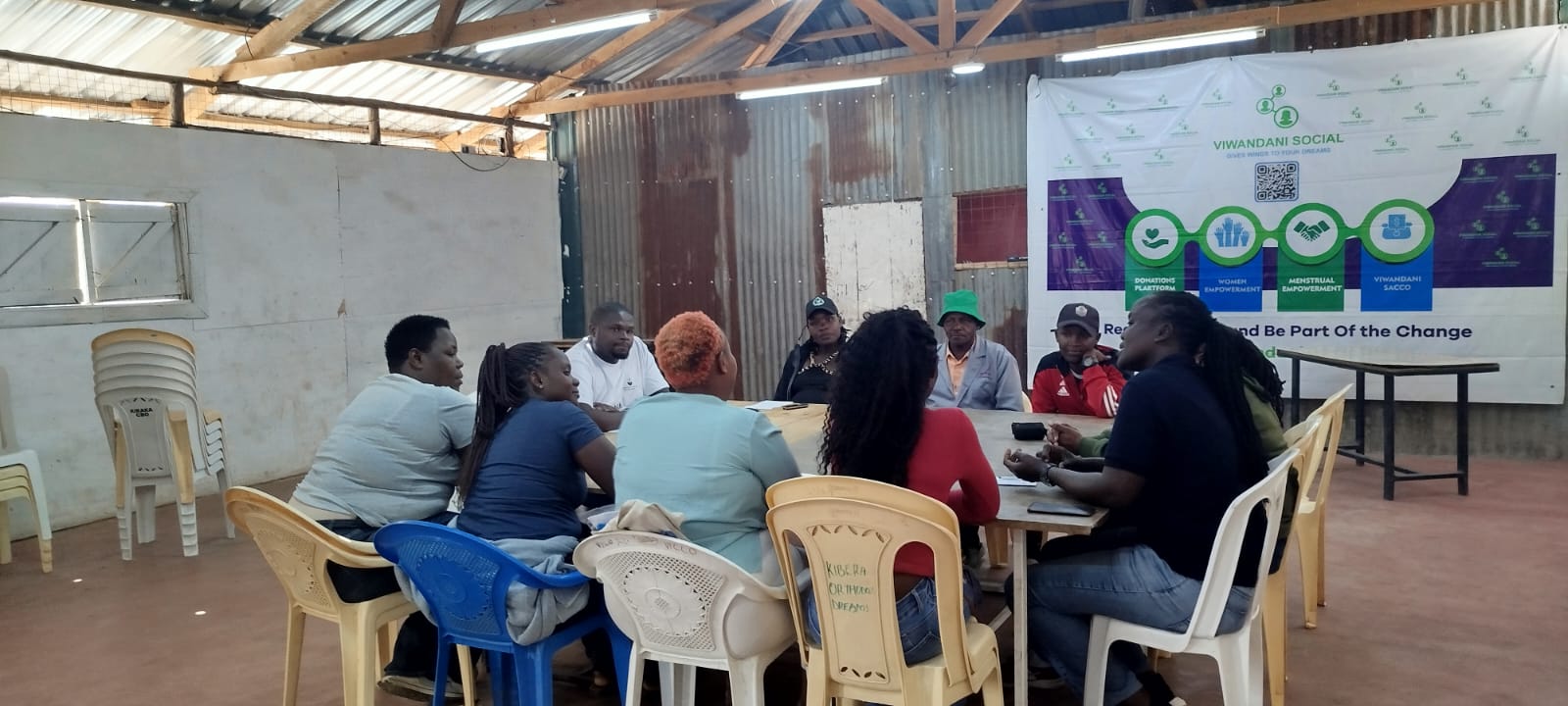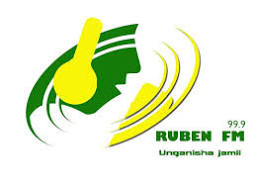FALSE: Photo does not show the drought situation in Embolioi, Kajiado County, in October 2022
FALSE: These images are not of OceanGate submersible debris
The images are of the debris near the Titanic wreckage but they are not recent.

This tweet with images associated with the OceanGate submersible debris field discovered near the Titanic is FALSE.
A catastrophic implosion of the Titanic-bound OceanGate submersible occurred on 23 June 2023, killing five passengers.
Dubbed the Titan, the vessel was taking the passengers to the floor of the North Atlantic Ocean to view the wreckage of the Titanic, 13,000 feet below the surface.
The United States Coast Guard announced that a debris field was discovered by a remote-controlled underwater search vehicle (ROV) within the search area near the Titanic wreckage. As of 26 June 2023, no images of the debris had been made public.
The post we are fact-checking reads: “A debris field has been discovered near the Titanic by a remotely operated vehicle.”
Reverse image searches for the first and second images on TinEye established that they predate the Titan’s implosion.
The caption of the first image reads: “This 2004 image provided by the University of Rhode Island’s Institute for Exploration and Center for Archaeological Oceanography and the National Oceanic and Atmospheric Administration’s Office of Ocean Exploration shows the shoes of one of the possible victims of the Titanic disaster. A company’s plan to retrieve the Titanic’s radio has sparked a debate over whether the famous shipwreck still holds human remains.”
This 2004 image provided by the University of Rhode Island’s Institute for Exploration and Center…
Download this stock image: This 2004 image provided by the University of Rhode Island’s Institute for Exploration and…
www.alamy.com
The caption on the second image reads: “This 2004 photo provided by the Institute for Exploration, Center for Archaeological Oceanography/University of Rhode Island/NOAA Office of Ocean Exploration, shows the remains of a coat and boots in the mud on the sea bed near the Titanic’s stern. Fallout from the coronavirus pandemic is threatening a company’s plans to retrieve and exhibit the radio that had broadcast distress calls from the sinking vessel, according to a court filing made by the firm on Monday, Jan. 11, 2021.”
The Titanic was a British passenger liner that sank in the North Atlantic on 15 April 1912, killing all onboard.
This 2004 photo provided by the Institute for Exploration, Center for Archaeological…
Download this stock image: This 2004 photo provided by the Institute for Exploration, Center for Archaeological…
www.alamy.com
PesaCheck has looked into a tweet with images associated with the OceanGate submersible debris field discovered near the Titanic and finds it to be FALSE.
This post is part of an ongoing series of PesaCheck fact-checks examining content marked as potential misinformation on Facebook and other social media platforms.
By partnering with Facebook and similar social media platforms, third-party fact-checking organisations like PesaCheck are helping to sort fact from fiction. We do this by giving the public deeper insight and context to posts they see in their social media feeds.
Have you spotted what you think is fake or false information on Facebook? Here’s how you can report. And, here’s more information on PesaCheck’s methodology for fact-checking questionable content.
This fact-check was written by PesaCheck fact-checker Peris Gachahi and edited by PesaCheck senior copy editor Cédrick Irakoze and acting chief copy editor Francis Mwaniki.
The article was approved for publication by PesaCheck managing editor Doreen Wainainah.
PesaCheck is East Africa’s first public finance fact-checking initiative. It was co-founded by Catherine Gicheru and Justin Arenstein, and is being incubated by the continent’s largest civic technology and data journalism accelerator: Code for Africa. It seeks to help the public separate fact from fiction in public pronouncements about the numbers that shape our world, with a special emphasis on pronouncements about public finances that shape government’s delivery of Sustainable Development Goals (SDG) public services, such as healthcare, rural development and access to water / sanitation. PesaCheck also tests the accuracy of media reportage. To find out more about the project, visit pesacheck.org.
PesaCheck is an initiative of Code for Africa, through its innovateAFRICA fund, with support from Deutsche Welle Akademie, in partnership with a coalition of local African media and other civic watchdog organisations.







